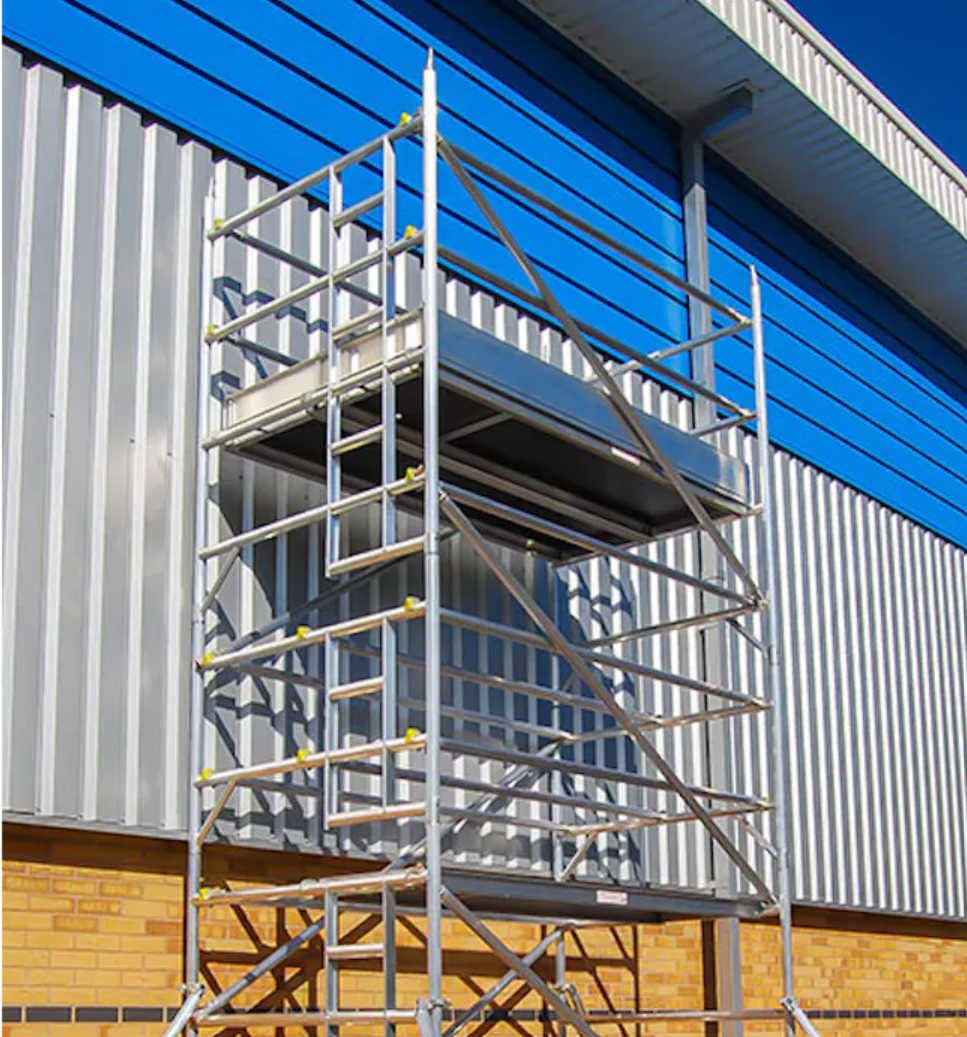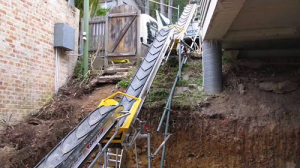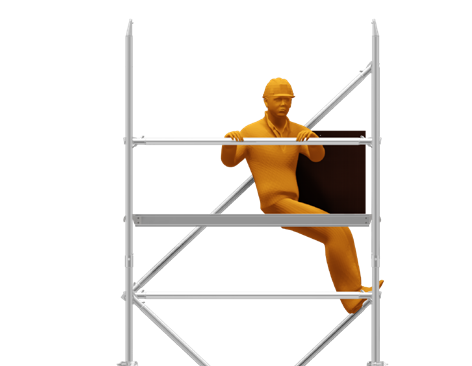Daily Checklist
Load & Noseweight
Aim for 60/40 weight distribution over the axle, so 60% of the weight in front of the wheels and 40% behind the wheels.
Too much weight ahead of the axles will provide excessive nose weight, and too much weight at the back will make it more likely for the trailer to sway.
Ensure the load is properly secured with appropriate straps connected to the manufacturers lashing points, holding the machine down from strong points.
Take a step back and check that the trailer is balanced and level.
Make sure you don't exceed the maximum payload of the trailer.
Electrical Lead
Make sure the 7 pin connector lead is fitted and test that the lights work.
Breakaway Cable
Ensure the breakaway cable is intact and fitted to the towbar
Deck rings
Check lashing points and rings for rust & cracks, and make sure the bolts are tight
Tyres & mudguards
Check tyres for good tread (1.6mm continuous tread across at least three quarters of the tread is the minimum), correct presssure, and damage to sidewalls.
Mudguards should be secure and not broken, as loose mudguards can get caught up in the spinning wheels.
Wheel Nuts
Check wheel nut torque using a torque wrench. If the trailer has wheel indicators fitted, ensure they are all aligned.
Lights & Reflectors
Ensure reflectors are not cracked, and test any lights by turning on the vehicle headlights, pressing the brake pedal, and using the indicators.
Number Plate
Ensure you have a matching number plate fitted to the rear of the trailer that's easily visible & conforms to DVLA standards
Jockey Wheel
Ensure the jockey wheel is lifted and secured so that it doesn't make contact with the ground.
Rear Ramp
Ensure the rear ramp is lifted and secured using the provided latches.
Hitch
Check the bellows for tears and splits. Ensure the head of the hitch is securely connected to the towbar
Handbrake
Make sure you engage the trailer handbrake when unhitched, and remember to disengage it when towing.
Would you like to hire a plant trailer?





